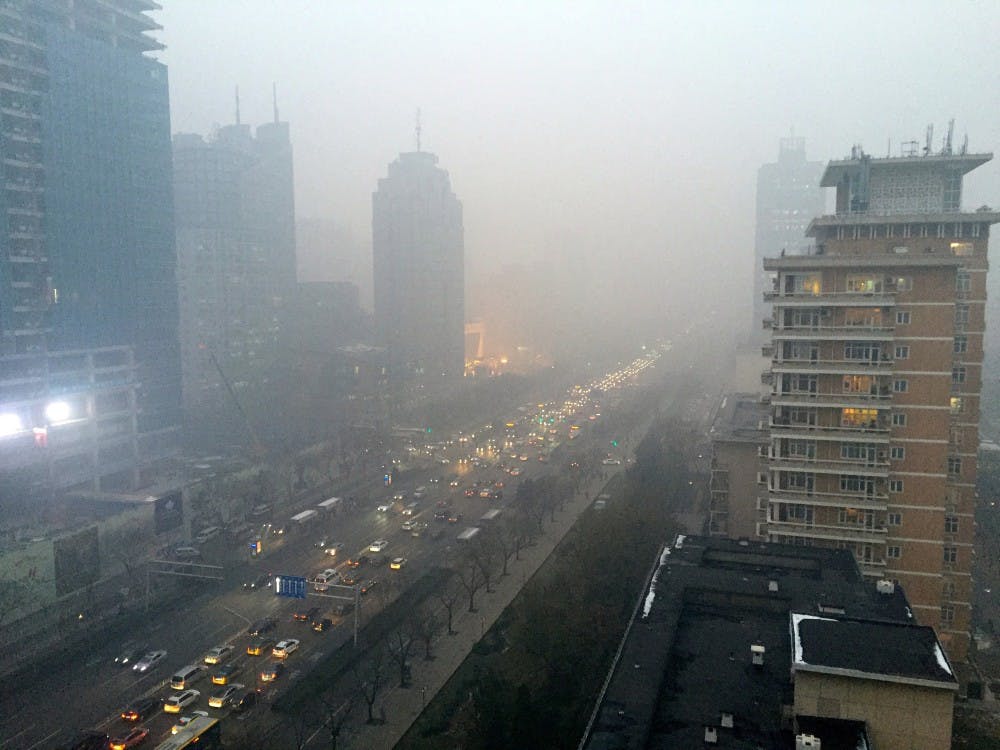The world leaders have met in Bonn, Germany, to discuss the effects of climate change and how to stop it. This may sound similar to the very popular Paris Climate Accord that took place in late 2015; however, the meetings in Bonn need to be much different if an impact is to be seen on our world's climate.
The Paris Climate Accords' goal was to get all 197 countries to agree on a deal that would reduce global carbon emissions and help keep the climate from rising more than 2 degrees Celsius. Every country would cut their carbon emissions in a way that best suited its economy. The New York Times highlights that, if the United States were still in compliance with the Paris Climate deal, global carbon emissions would only be at 56 gigatons in 2030, instead of our projected 69 gigatons; however, evidence shows that it’s still not enough.
In a separate article, the New York Times displayed what the world’s current global carbon emissions are, what they would be if the Paris deal were achieved, and what they would need to be to keep the Earth below 2 degrees Celsius warmer than average. It makes the note that not a single industrialized country is on track to meet its 2030 goal. It may be that the biggest issue with the Paris agreement is that there is no clearly established way for the countries to meet their goals, which leads them to not take action.
The main focus of the Bonn conference was to ensure that countries' plans to meet their carbon emission cuts are laid out and doable. While this is important, the world leaders need to realize that their carbon emission cuts need to be more severe than initially planned. This is easier said than done though, as the world would have to learn to cut its ties with coal. Countries would have to shell out billions of dollars to make the switch to clean energy, and no country is willing to take the risk that comes with being the first to attempt it.
A lot of people are worried about the job loss that will come with cutting down on fossil fuels and that seems to be the biggest economic issue countries don’t want to tackle; however, EDF Climate Corps, a strategic development company for renewable energy projects, found that switching to renewable energy will create more jobs than expected. EDFCC states that a wind turbine technician is the fastest growing job field in the United States. It also says employment in the solar power industry grows 12 times faster than any other job in the United States. Renewable energy can have environmental and economic benefits that shouldn’t be ignored.
Cutting down on carbon emissions and saving the climate isn’t just a job for the world leaders and governments, everyone can do something to help. We all leave a carbon footprint, and while it may be uncomfortable at first, we can cut back on small things we do everyday to have an impact on saving the Earth. This website can help you see how much of a carbon footprint you leave and what you can do to play your part in helping the planet.

